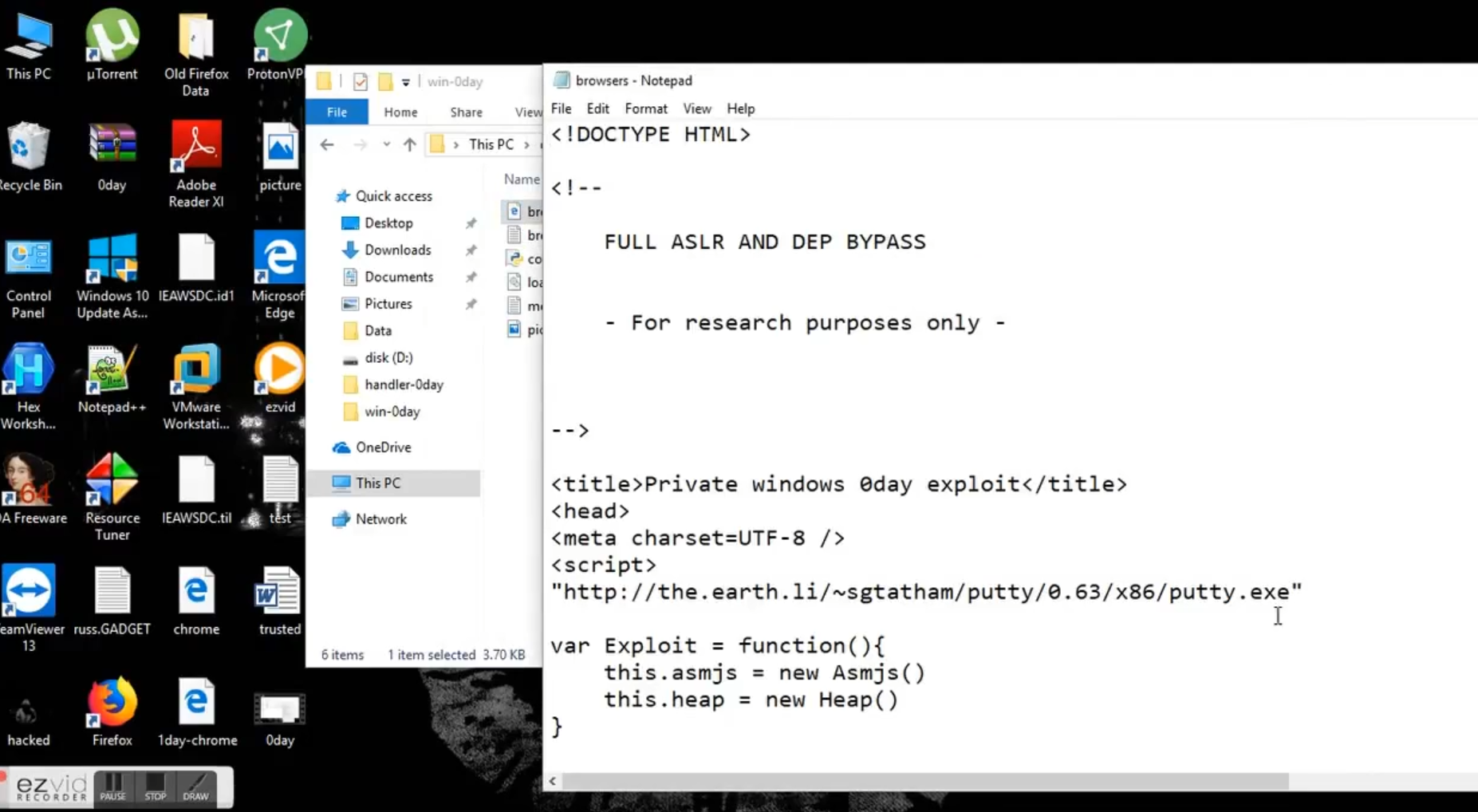https://github.com/Mxcoders2s/Slient-Url-Exploit-Slient-Builder-Exploit-Database-Cve-2023-Malware
URL Contamination (Muted Java Drive-By) URL Contamination Exploit Muted Java Drive-By downloads can transpire during the act of perusing a website, inaugurating an electronic mail communication. It might even occur through engaging with a malevolent pop-up interface: enticed by the illusion that it pertains to an error dossier from the operating system of the computer, for instance.
In instances of this nature, the user might present an appearance as if he or she has provided “consent” for the transfer. Yet, in truth, the user remained oblivious to the commencement of a malevolent software download. In a parallel manner, should an individual be perusing a website containing malicious content, said individual could fall prey to a drive-by download assault.
Henceforth, this material holds the capability to execute maleficent code sans the user’s cognizance, employing vulnerabilities residing within the browser or its accompanying plugins.
-An occurrence analogous to the aforementioned is the drive-by installation. When orchestrating a drive-by download, a perpetrator must first configure their malevolent material to execute the assault.
The subsequent phase involves hosting the malicious content that the wrongdoer aims to “disseminate.” One avenue entails the wrongdoer hosting the malevolent content upon their personal server. Nevertheless, guiding users towards a novel webpage is somewhat arduous, thus a legally exposed website might also serve as a host. Alternatively, even a lawful site could unwittingly distribute the perpetrator’s content via a third-party service. Upon the loading of the content by the client, the wrongdoer shall scrutinize the client’s trace to meticulously craft the code for the purpose of exploiting vulnerabilities, particularly tailored to that specific client. Ultimately, the wrongdoer capitalizes upon the essential weak points to initiate the drive-by download assault.
In the broader context, drive-by downloads adopt two stratagems. The initial tactic revolves around the exploitation of API calls designated for plugins.
The secondary strategy entails the composition of shell code into memory, subsequently leveraging vulnerabilities within the web browser or plugin to manipulate the program’s control flow towards the shell code. Post-execution of the shell code, the wrongdoer gains the capability to engage in further malevolent actions. This may encompass exfiltration of information for transmission to the wrongdoer, yet primarily encompasses the acquisition and deployment of malware.
Supplementary to the aforementioned process, the wrongdoer might also undertake measures to avert detection during the assault. One methodology involves banking upon the befuddlement induced by the maleficent code. Another approach entails “concealing” the maleficent code to obviate detection. Generally, the wrongdoer encrypts the maleficent code into ciphertext, subsequently appending the decryption methodology following the ciphertext.
Features
URL Contamination (Subtle Java Drive By)
Universally Adaptable across Web Browsers
Universally Compatible with Java Variants
Seamlessly Propagates via Social Media Channels: Facebook, Gmail, Yahoo, Hotmail, and more.
URL Contamination is furnished with pre-embedded payloads and an array of shellcode presets, affording you the freedom to select according to your discerning palate.
Universally Compatible with Web Servers such as Apache, Xampp, Nginx, IIS, and their ilk.
Synchronizes harmoniously with Metasploit and its complete spectrum of post modules.



What do you think?
Show comments / Leave a comment